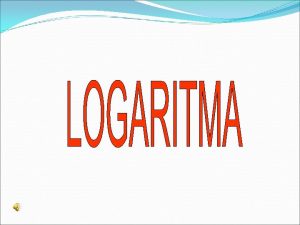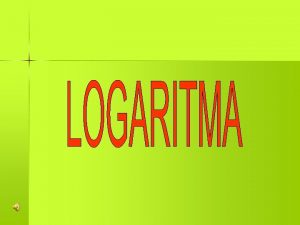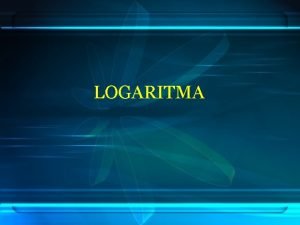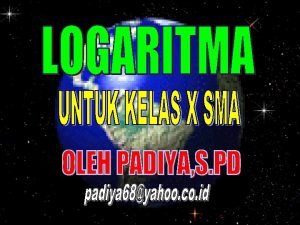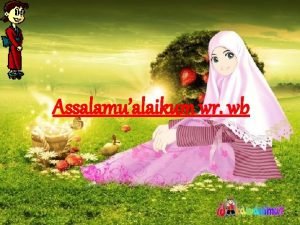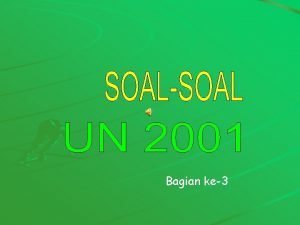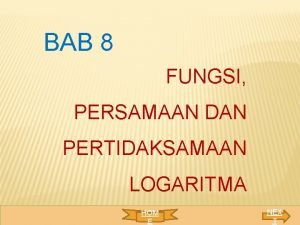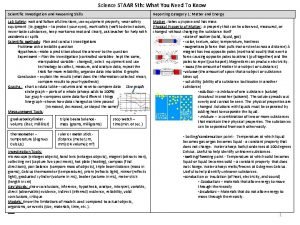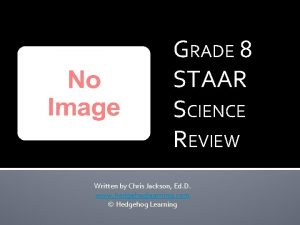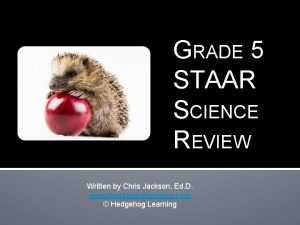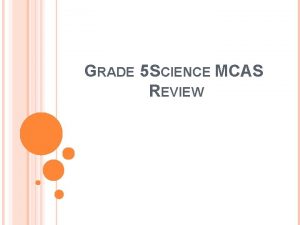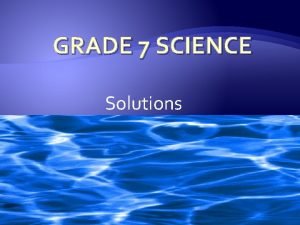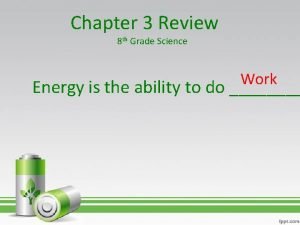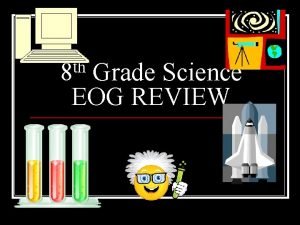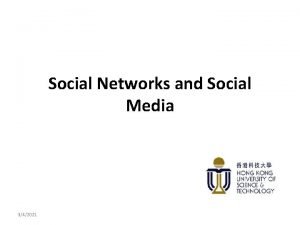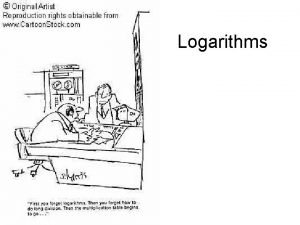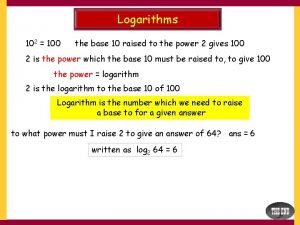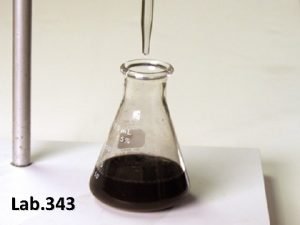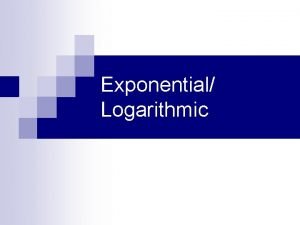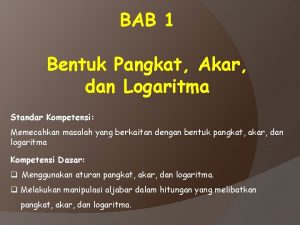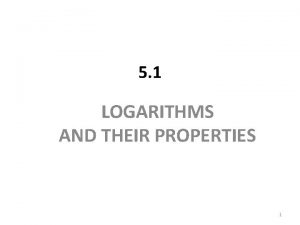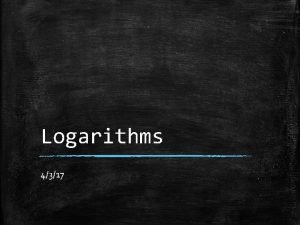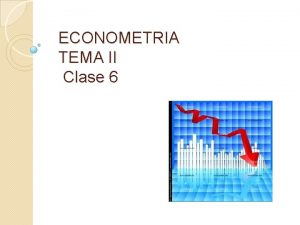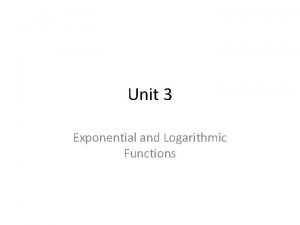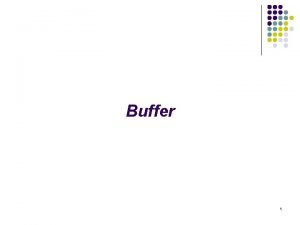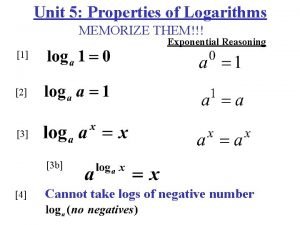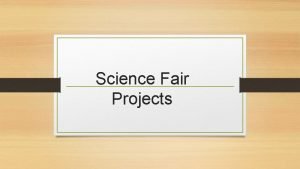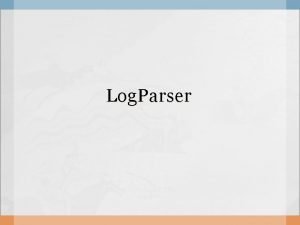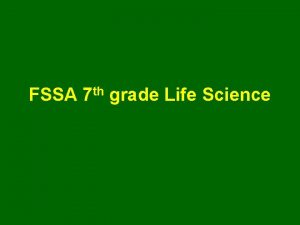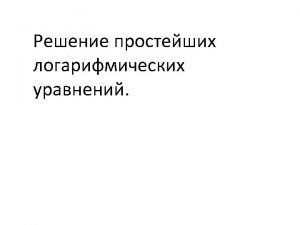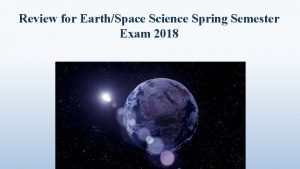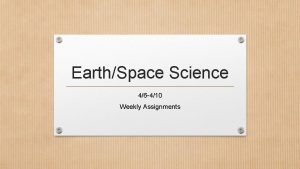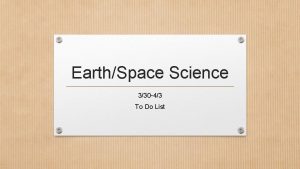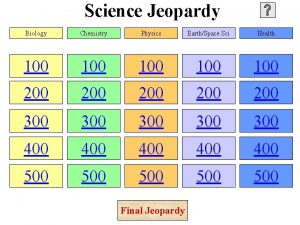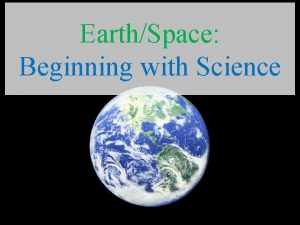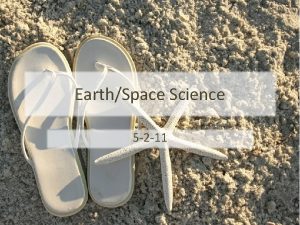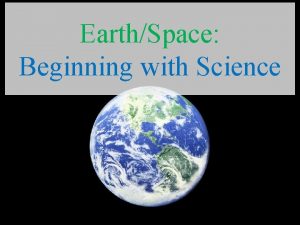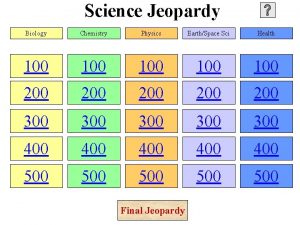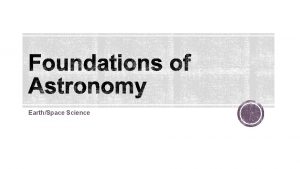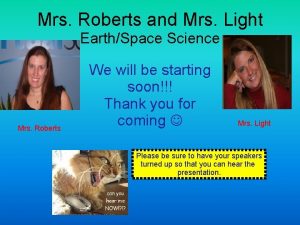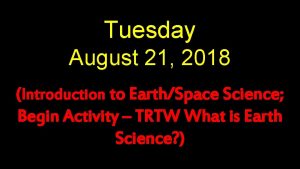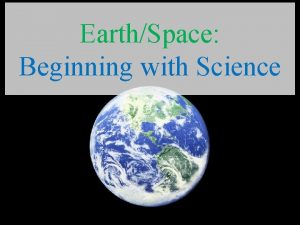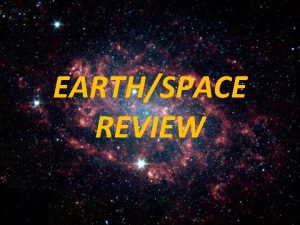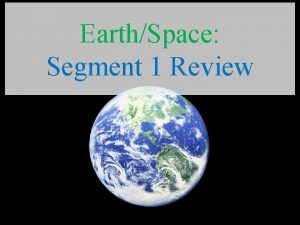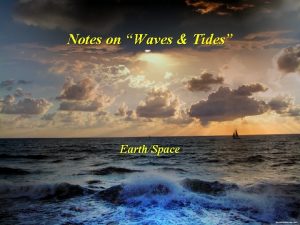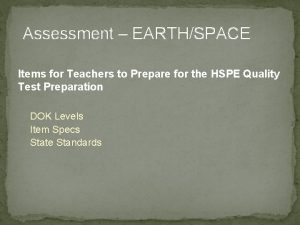7 th Grade EarthSpace Science FSSA REVIEW Log































- Slides: 31

7 th Grade Earth/Space Science FSSA REVIEW Log into computers ASAP

Bell work 30 -5, turning in today! • Chemistry Riddle…. Who am I? –I have 26 protons, 26 electrons, and 30 neutrons When you’re finished with bell work, log into your computer Created by: R. Hallett-Njuguna, SCPS

Reminders for Skills USA Field Trip • Any final permission slips? • You must wear close toed shoes • If you’re bringing lunch, no drinks… disposable bag, rather than a lunch box, would be helpful – Write your name on it. Created by: R. Hallett-Njuguna, SCPS

Study Guides are due Wednesday, not Tuesday Created by: R. Hallett-Njuguna, SCPS

Minerals – Rocks are made up of minerals – Minerals are: • Naturally occurring • Crystalline Solid • Inorganic (non-living) • Definite chemical composition (represented by a chemical formula) Created by: R. Hallett-Njuguna, SCPS

Created by: R. Hallett-Njuguna, SCPS

Minerals are identified by their properties • Hardness – Use Mohs scale to test, higher numbers scratch lower numbers • • crystal shape (form) Luster - shiny, dull, waxy, etc color Streak – powder left on streak plate cleavage/fracture – smooth or rough edges density (specific gravity) special properties --reaction to acid -fluorescence --salty taste --magnetism

Created by: R. Hallett-Njuguna, SCPS

Three types of Rocks • Sedimentary – form when sediments are compacted and cemented together (lithification) – Sediment is created by weathering/erosion on Earth’s surface – Dissolved minerals cement the sediments together into a rock – Can contain organic materials such as shells, etc – Fossils found in sedimentary rock Created by: R. Hallett-Njuguna, SCPS

Formation of sediments and sedimentary rocks

Three types of Rocks • Igneous – form from cooled magma/lava – Magma forms inside Earth’s mantle – Rocks formed at Earth’s surface from lava are extrusive igneous (glassy, no visible crystals due to rapid cooling) – Rocks formed inside Earth from cooling magma are intrusive igneous (visible minerals – granite example) Created by: R. Hallett-Njuguna, SCPS


Three types of Rocks • Metamorphic – new rocks are formed when lots of heat and pressure “cook” old rocks – The pressure comes from the forces of tectonic plates pushing together • Foliated – have parallel layers • Non-foliated – not layered Created by: R. Hallett-Njuguna, SCPS


Animated Rock Cycle Created by: R. Hallett-Njuguna, SCPS

Human impact Humans negatively affect our planet in the following ways • Deforestation – removing roots causes more erosion • Burning fossil fuels - pollution • Oil spills • Interfering with animal habitats – Biodiversity is necessary for the success of the ecosystem • Urbanization – the building of cities

Bio = life Diversity = Variety

Measuring age of Earth • Relative age – only gives a comparison (older/younger) – Principle of superposition – the rock layers and fossils on the bottom are older than those on top – Anything that happens to a rock must have occurred after the rock already existed Created by: R. Hallett-Njuguna, SCPS


• Absolute age – the age in years (450 years old) – Measured by radiometric dating – ½ life - the amount of time it takes for half of a substance to change into another element by radioactive decay Created by: R. Hallett-Njuguna, SCPS

Correlation • Scientists determine the age of rocks by – comparing layers of rock in different areas – finding similar index fossils (trilobites)

Earth’s Layers • Inner core – solid, iron, densest layer • Outer core – liquid, iron (movement causes Earth’s magnetism) • Mantle – convecting liquid rock, movement causes tectonic plates to move • Crust – solid rock, outer layer, broken into pieces called tectonic plates – Oceanic crust is thinner and more dense than continental crust Created by: R. Hallett-Njuguna, SCPS

Created by: R. Hallett-Njuguna, SCPS

Continental Drift Evidence for Wegener’s Theory of Continental Drift (separation of Pangaea) • Puzzle pieces • Climate change • Fossils • Similar Rock layers across continents • Problem…. He couldn’t explain how the continents moved SC. 7. E. 6. 5, SC. 7. E. 6. 7 Created by: R. Hallett-Njuguna, SCPS

Theory of Plate Tectonics 60 years later after the concept of Continental Drift had been discarded…. Harry Hess discovered sea floor spreading This was the evidence needed to revive theory that land masses had moved over time! Created by: R. Hallett-Njuguna, SCPS

Created by: R. Hallett-Njuguna, SCPS

Tectonic Plate Movement • Convergent boundary – two plates move toward each other – 2 continental plates = mountain building – 1 oceanic, 1 continental = subduction zone volcanoes and trenches

• Divergent boundary – two plates move away from each other - 2 oceanic plates – mid-ocean ridge, volcanoes

• Transform boundary – two plates slide side-by-side • earthquake


Created by: R. Hallett-Njuguna, SCPS
 Akar pangkat 674
Akar pangkat 674 Bentuk logaritma p log 5 = a
Bentuk logaritma p log 5 = a Nilai dari 5log 10+5log 50-5log 4
Nilai dari 5log 10+5log 50-5log 4 Log 50 - log 5 + 2 log 2
Log 50 - log 5 + 2 log 2 Jika log 2 = 0 301 nilai log 32 =
Jika log 2 = 0 301 nilai log 32 = ³log27-³log81
³log27-³log81 Jika log 3=0 477 dan log 5=0 699 maka log 45 adalah
Jika log 3=0 477 dan log 5=0 699 maka log 45 adalah Linear vs logarithmic
Linear vs logarithmic 8th grade science staar review reporting category 4
8th grade science staar review reporting category 4 Day 7 8th grade science staar review
Day 7 8th grade science staar review 5th grade science staar review
5th grade science staar review Mcas grade 5 science
Mcas grade 5 science Solute and solvent worksheet for grade 7
Solute and solvent worksheet for grade 7 Chapter 3 review 8th grade science
Chapter 3 review 8th grade science 5th grade science eog review
5th grade science eog review My favorite subject is science แปลว่า
My favorite subject is science แปลว่า Power law log log plot
Power law log log plot Power law log log plot
Power law log log plot How to get rid of ln
How to get rid of ln Loga mn
Loga mn Log k = log a - ea/rt
Log k = log a - ea/rt Log a x log a
Log a x log a Persamaan 7 log 217 + 7 log 31 ialah
Persamaan 7 log 217 + 7 log 31 ialah Properties of common logarithms
Properties of common logarithms Logarithmic graph desmos
Logarithmic graph desmos Modelo logaritmico econometria
Modelo logaritmico econometria Exponential form examples
Exponential form examples Log m-log n
Log m-log n Buffer capacity formula
Buffer capacity formula Product rule for logarithms
Product rule for logarithms Azade nazi
Azade nazi Science fair project log book template
Science fair project log book template
